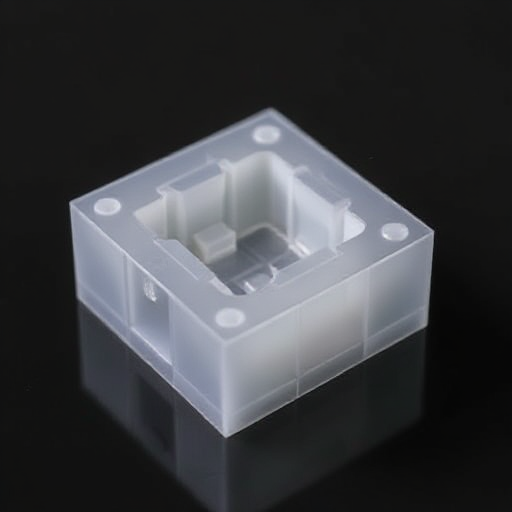How 3D Printed Molds Are Revolutionizing Small-Scale Injection Molding
In recent years, 3D printing has made a major impact across various industries, and the world of injection molding is no exception. For small-scale manufacturers, 3D printed molds are rapidly becoming a game-changer, offering advantages that traditional metal molds simply can’t match. Here’s how they’re upgrading small-scale injection molding machines, opening up new possibilities for more cost-effective, efficient, and versatile production.
Lower Costs, Faster Turnaround
Traditional injection molds are often expensive and difficult to manufacture. Creating metal molds requires skilled labor, expensive equipment, and significant lead time—especially for complex designs. For small-scale manufacturers or prototype makers, these costs can be prohibitively high.
With 3D printed molds, the picture changes dramatically. These molds are far less expensive to create, as the design process is faster and requires less specialized equipment. 3D printing also eliminates the need for expensive metalworking tools, allowing small businesses and startups to invest in prototype production without breaking the bank. By using 3D printers, manufacturers can produce molds for a fraction of the cost, leading to cheaper product iterations and the ability to produce low-volume runs without high upfront investments.
With a 3D printed mold, it is very easy to replace a mold that is not working to the same standard as a fresh mold would. But if you want your mold to last it is encouraged that you buy a simple metal mold with a 3d print mold insert space. There are already places that you can purchase these universal molds from like Sustainable Design Studios and Plasticprenuer.
Intricate Designs and Greater Flexibility
One of the most exciting advantages of 3D printed molds is the ability to create more intricate and complex designs that would be difficult or impossible to achieve with traditional methods. The freedom of 3D printing allows for advanced mold shapes that you would not be able to obtain easily using advanced CNC manufacturing capabilities.
The shape of a product when using a 3D printed mold is only limited by your imagination and the size of the mold. Most notably with a 3D printed mold, you can obtain more precisely curved shapes, in your products. Like the knight chess piece in the photo above, that is not something you could get in a CNC mold, not one that small at least.
Heat Resistance and Mold Release Considerations
While 3D printed molds offer immense potential, they do come with some important considerations. The most critical factor is ensuring that the mold material can handle the high temperatures associated with injection molding. Traditional 3D printer filaments like PLA or ABS may not withstand the heat generated during the injection process. Instead, manufacturers need to use heat-resistant filaments, such as specialized high-temperature resins or filaments like PEEK or Ultem. These materials are designed to withstand the stresses of injection molding without warping, making them suitable for creating molds that can endure repeated cycles.
If you are still looking to use reasonably priced 3D printing filament I would stick with ABS. ABS will eventually start to warp from the heat of the injected plastic, but it will still last a few more injections than a PLA plastic mold would last.
Additionally, when working with 3D printed molds, proper mold release agents are crucial. Plastic parts can stick to the mold if it’s not adequately coated, making it difficult to remove the final product and potentially damaging the mold. Using a mold release agent ensures smooth part removal and extends the lifespan of the mold. Any mold release would work, it’s just important that you do not forget it.
Conclusion
3D printed molds are transforming small-scale injection molding by reducing costs, enabling more intricate designs, and opening up new possibilities for customized production. While careful attention to material choice and mold release is essential for ensuring long-term success, the benefits of 3D printing in the molding process are undeniable. With the right materials and processes in place, small-scale manufacturers can compete with larger companies by offering unique, high-quality products at a lower cost and faster turnaround times. If you want to learn more about injection mold machines click here!

